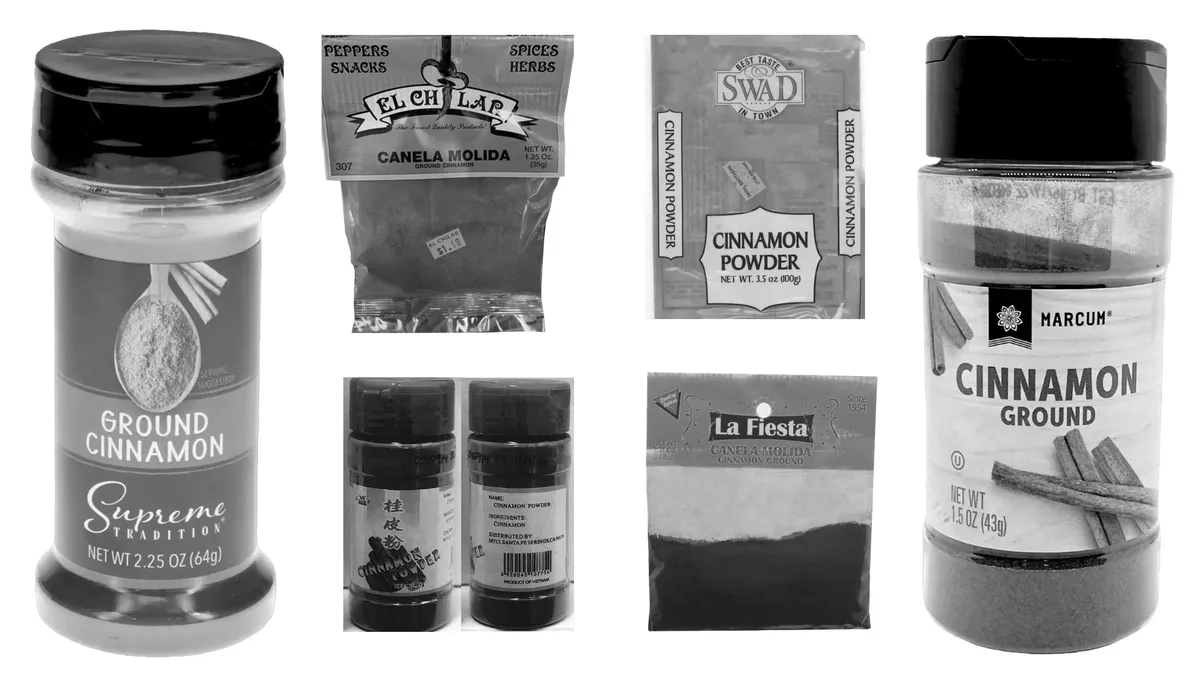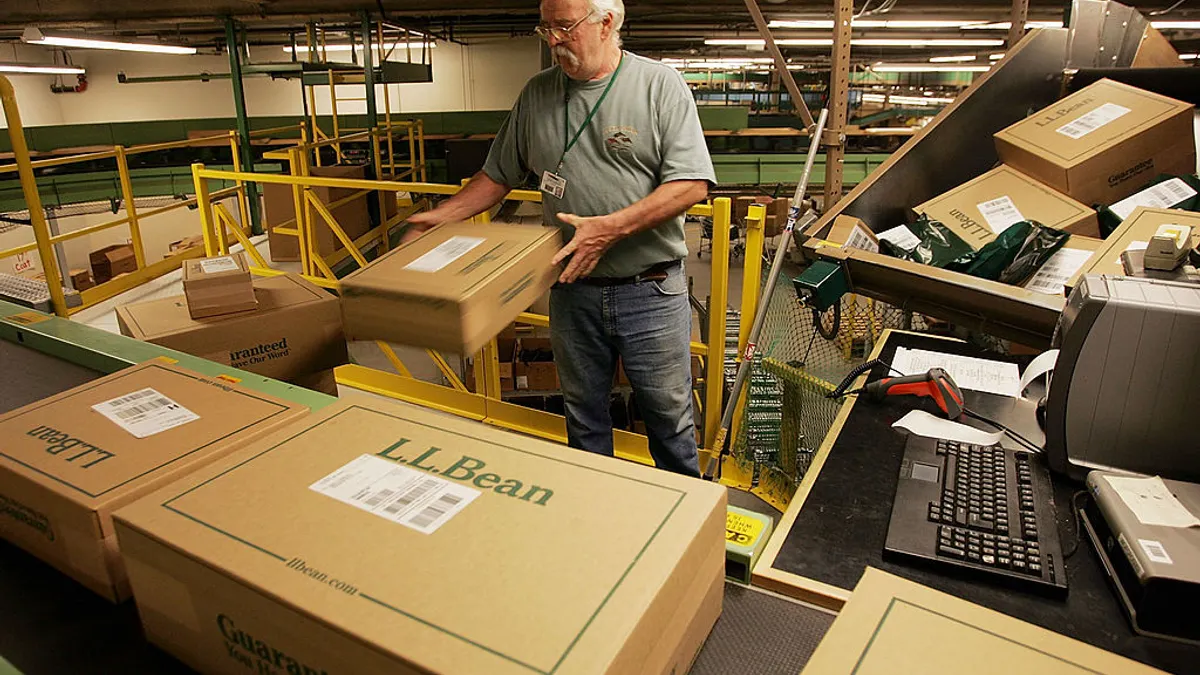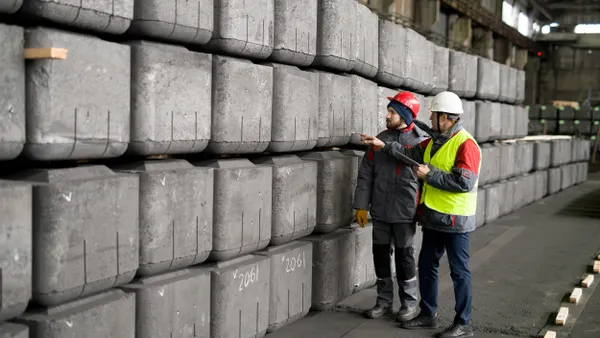Dive Brief:
- The Food and Drug Administration is doubling down on its oversight of cinnamon production and distribution in the wake of the WanaBana applesauce pouch lead outbreak. The agency sent a letter last week to all U.S. cinnamon manufacturers, processors, distributors and facility operators underscoring the required controls to prevent lead contamination.
- The letter followed a March 6 FDA alert asking six distributors to voluntarily recall their cinnamon products after finding elevated lead levels in some units.
- The recall requests resulted from an FDA survey of cinnamon products sold at discount retail stores, testing 75 samples for lead levels.
Dive Insight:
As of March 6, five of the six distributors had recalled their cinnamon products, with California-based MTCI remaining as the only distributor the FDA hasn’t been able to contact, according to the alert. No illnesses had been reported as of the alert’s publication in association with these products.
The distributors and retailers include:
- La Fiesta Food Products, sold at La Superior SuperMercados
- Moran Foods, sold at Save A Lot
- MTCI, sold at SF Supermarket
- Raja Foods, sold at Patel Brothers
- Greenbriar International, sold at Dollar Tree and Family Dollar
- El Chilar Apopka, sold at La Joya Morelense
The lead levels in the six brands’ cinnamon products ranged from 2.03 to 3.4 parts per million. While these numbers were significantly lower than the lead levels in the WanaBana case, which were between 2,270 ppm to 5,110 ppm, the FDA has still deemed the levels unsafe, especially with prolonged exposure.
Ibrahim Musa, food safety and quality expert for Northeast Consulting Group, hailed the FDA’s proactive efforts in asking manufacturers and retailers to recall products.
“The FDA is really doing a good job by initiating a recall and implementing testing programs to help identify this problem and seeing it at an early stage,” he said.
Yet while the FDA caught six instances of contamination, Musa fears that there may still be more cinnamon products on the market with high lead levels.
“Whoever is supplying those products most likely would have supplied similar products with the same amount of lead or have more products coming in,” Musa said. So there is a chance that there’s still products out there that have a high lead count.”
In addition to the FDA’s testing, some states also analyzed samples through the Laboratory Flexible Funding Model, an agreement with states to help investigate, monitor and remove adulterated foods from commerce and aid regulatory programs, according to the letter.
“While the ground cinnamon products in this alert may not be a food targeted to young children, cinnamon is used in many foods young children consume,” the FDA alert stated.
The FDA said it will continue working with manufacturers to ensure they meet the federal Current Good Manufacturing Practice rule.
The agency also emphasized its Closer to Zero initiative, which focuses on reducing children’s exposure to contaminants in foods, in the letter. In January 2023, the FDA proposed lower action levels of .01 and .02 ppm for the maximum amount of contaminants that can be found in fruits, vegetables and other foods.













